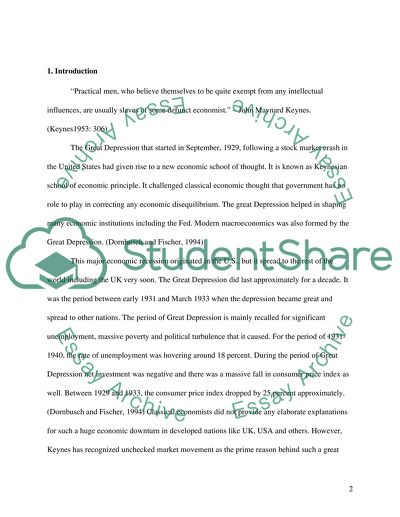Cite this document
(“The fundamental points at issue between the Keynesian and classical Essay”, n.d.)
Retrieved from https://studentshare.org/environmental-studies/1410617-the-fundamental-points-at-issue-between-the
Retrieved from https://studentshare.org/environmental-studies/1410617-the-fundamental-points-at-issue-between-the
(The Fundamental Points at Issue Between the Keynesian and Classical Essay)
https://studentshare.org/environmental-studies/1410617-the-fundamental-points-at-issue-between-the.
https://studentshare.org/environmental-studies/1410617-the-fundamental-points-at-issue-between-the.
“The Fundamental Points at Issue Between the Keynesian and Classical Essay”, n.d. https://studentshare.org/environmental-studies/1410617-the-fundamental-points-at-issue-between-the.


